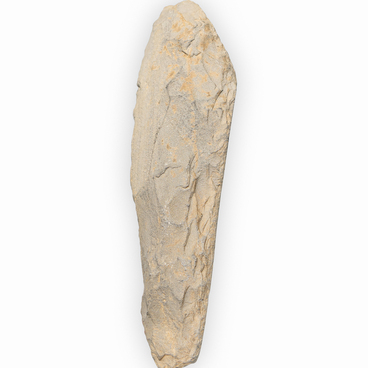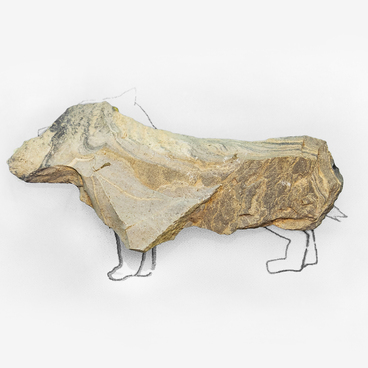In the middle of the 19th century, the Amur region saw the beginning of the mass settlement and became involved in the economic activities of the country. A decree of the tsarist government was issued on the resettlement of peasants from the central provinces of the Russian Empire to the Far East.
The migrant peasants also brought with them a familiar, traditional way of life and economic activity. On the site of the city of Komsomolsk-on-Amur stood the resettlement village of Permskoye, founded in 1860. This village was characterized by a gender division of labor, in which men’s and women’s jobs were clearly distinguished.
People started working from an early age. Boys of five or six years old were already riding well, driving the front horse when plowing and when harrowing — loosening the ground. At the age of twelve, they already helped adults in field work, during the fishing season, and got used to construction and cooperage. They learned their skills from their fathers and grandfathers. Girls of five or six years old were taught to spin, and then to weave. At the age of ten, they were already helping adults with cattle. The mother supervised her daughter’s labor education.







